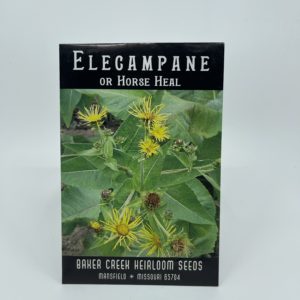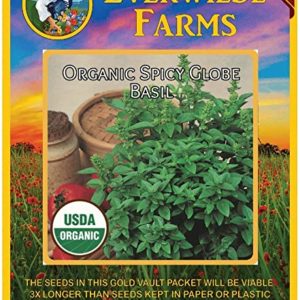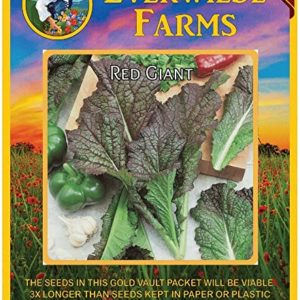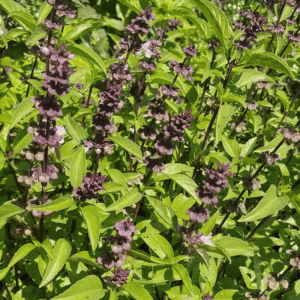لافندر فيرا
2,000 د.ك
Vera Lavender, the original species of English lavender, has fragrant flowers that dry well and neat, bushy growth. It is also one of the hardiest of all lavenders. Originally growing wild in the mountains of the Mediterranean region, lavender is one of the most versatile of herbs; in addition to its myriad medicinal uses, it is commonly used for cosmetic, aromatherapy, culinary, and decorative purposes. In ancient Egypt it was used as a perfume and as an essential ingredient in incense, while the Greeks and Romans scented their bath water with its fragrant petals. In medieval times, lavender protected sickrooms from insects and infection as well as being an ingredient in smelling salts. Rene Gattefosse, one of the first scientists to research aromatherapy, found that applying lavender essential oil greatly improved the healing of burns. Today there are about 20 main species of lavender with hundreds of variations; countries all over the world produce lavender commercially, mostly for use in essential oil for decorative purposes.
Sowing: Refrigerate the seeds for a month before planting. Plant them just below the surface in soil that drains well, and keep them at a temperature of 60-64 degrees F. Keep the soil moist with a spray bottle to prevent over watering, and shield them from the hottest sun. Germination may take up to a month, and plants will reach a suitable size for transplanting in about 6 months; transplanting can take place either in late spring or fall. Transplant them to bigger pots as carefully as possible to avoid disturbing the roots. Lavender plants prefer full sun and soil that drains well, even rocky or sandy soil. Plant them 24-36″ apart in rows 30-36″ apart to allow enough space for growth. With proper handling, lavender can grow in containers; it also makes an excellent hedge that attracts birds, bees, and butterflies and repels deer and rabbits.
Growing: The proper amount of moisture is crucial to young lavender plants. Too much water is deadly, but until they are established they need soil that is fairly moist. Mature plants can tolerate drought conditions, but must not become dehydrated. Mulching the plants with gravel or small shells can be helpful to absorb heat and control weeds; being a Mediterranean plant, lavender loves rocky soil. In the plant’s first year of growth, pruning the flowers that appear will help it to grow healthy roots and foliage. Mature plants also benefit from yearly, careful pruning.
Harvesting: The best time to harvest lavender is in the morning after the dew has dried. For drying, harvest stalks with just a few buds open; at this stage the fragrant oils have reached their peak. For fresh use, harvest stalks with more of the buds open. Dry bundles of lavender upside down in a cool, dark place for a week or more; to save the buds, strip them from the stalks.
Seed Saving: In the late summer, the flowers will fade and the seeds begin to develop. Remove the stalks individually as they begin to dry and the seeds mature, and spread them out to finish drying away from direct sunlight. Thresh them to remove the seed. Store the seed in a cool, dry place.
Common Names: English Lavender, Garden Lavender, Common Lavender, Narrow-Leaved Lavender
Latin Name: Lavandula angustifolia
Species Origin: Mediterranean
Type: Open Pollinated, Heirloom, Warm Season
Life Cycle: Perennial
USDA Zones: 5, 6, 7, 8, 9, 10, 11, 12
Seeds per Ounce: 27,300
Planting Method: From Transplant
Sunlight: Full Sun
Height: 24 Inches
Color: Pink, Purple
Bloom Season: Blooms Late Summer, Blooms Early Fall
Uses: Attracts Pollinators, Attracts Honeybees, Attracts Butterflies, Aromatic
غير متوفر في المخزون












